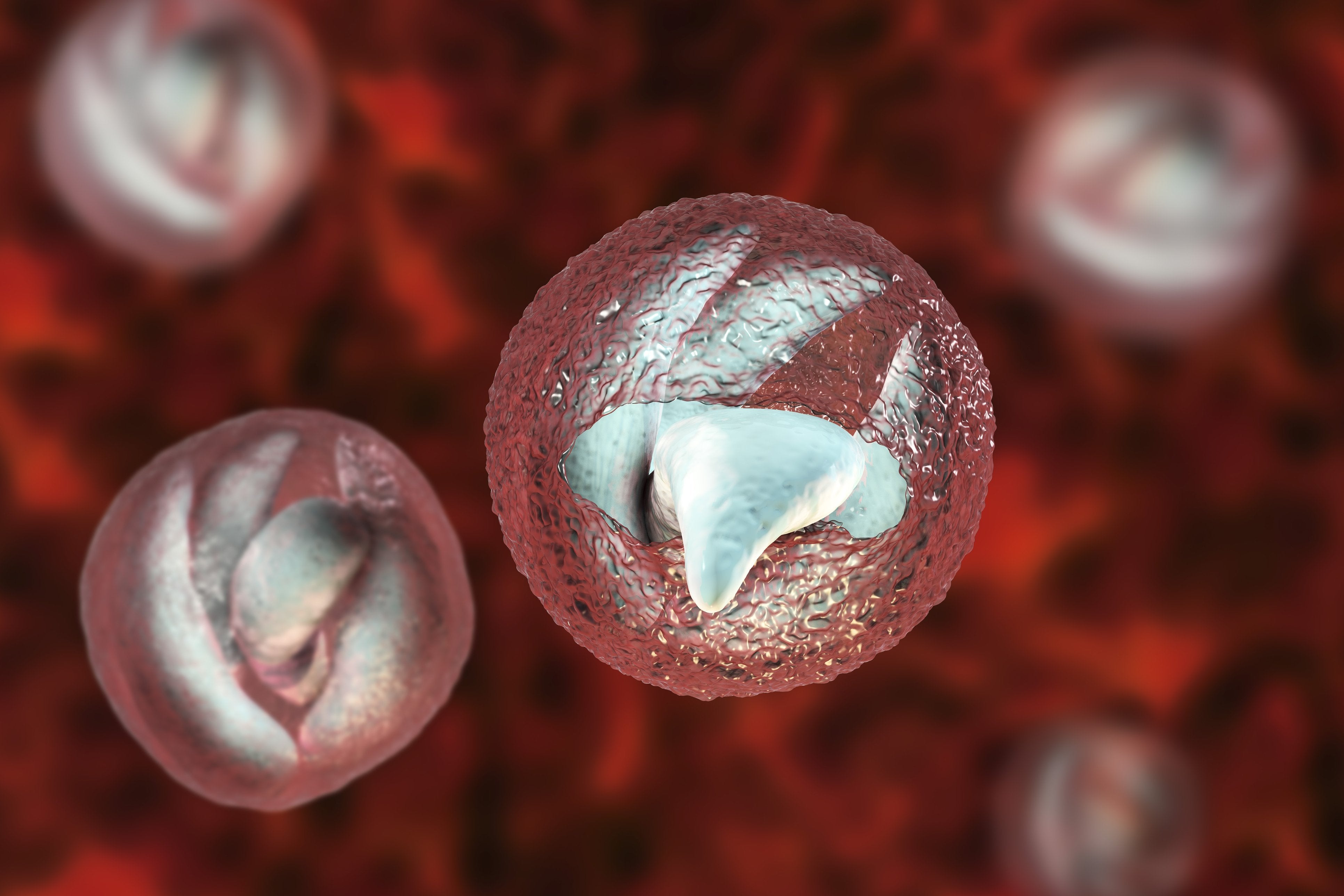
Cryptosporidium (aka Crypto) is a disease-causing parasite that is often found in water. This parasite is similar to Giardia (another parasite found in water) but they are not the same. Like Giardia, Crypto can live and reproduce within the intestines of humans and animals. Also like Giardia, Cryptosporidium resides inside a protective shell called an oocyst. It is discharged through fecal matter and once outside the host, it can survive in the environment (land or water) for several weeks.
For those unfamiliar with waterborne diseases, a reminder may be in order. In 1993, Cryptosporidium became a national news item when an outbreak took place in Milwaukee, Wisconsin that made over 400,000 people sick and killed more than 100 people who had weakened immune systems.
This parasite becomes a problem for humans when it is ingested. Generally, the illness includes symptoms such as abdominal cramps, diarrhea, headaches, vomiting, nausea, and fever. Symptoms often show up two to twelve days after ingestion and they can last for ten to fourteen days.
There is some good news and that is that Cryptosporidium does not normally pose a serious health risk to most otherwise healthy Americans. Individuals with weakened immune systems, however, can be at risk. This would include individuals who have AIDS, those who are HIV-positive, those with various types of cancer, and malnourished children.
For those wondering if Cryptosporidium is commonly found in water, the answer is yes. In fact, it is common in soil as well as in untreated water such as rivers, ponds, lakes, and streams. Many of these water sources can become contaminated by runoff from heavy rain or snow melts, which contain contaminated waste from infected animals.
The most common way of ridding Crypto from water is by filtering it at the water treatment plant. It should be noted studies have shown that the treatment filtering process normally removes more than 97 percent of Cryptosporidium oocysts. It should also be noted that because the oocysts are so tiny, some will pass through the filter media.
Homeowners have three options if they wish to make sure no Crypto cysts are in their drinking water.
You can boil your water
You can buy your own water filters and pass your tap water through a filter with pores smaller than Cryptosporidium.
You can put the water through a process known as reverse osmosis.
The only point-of-use water filters that remove Cryptosporidium are those that use reverse osmosis, or are labeled “Absolute” one micron filters, or are certified by NSF International under Standard 53 for “Cyst Removal".
If you are not sure which type of water filter to use, contact a reputable water filter vendor and discuss your concerns with an expert. This is the best way to get the device and filter media that you need.


Share:
Bottled Water v.s. Water Filters
Water Contaminants: Benzene in Drinking Water